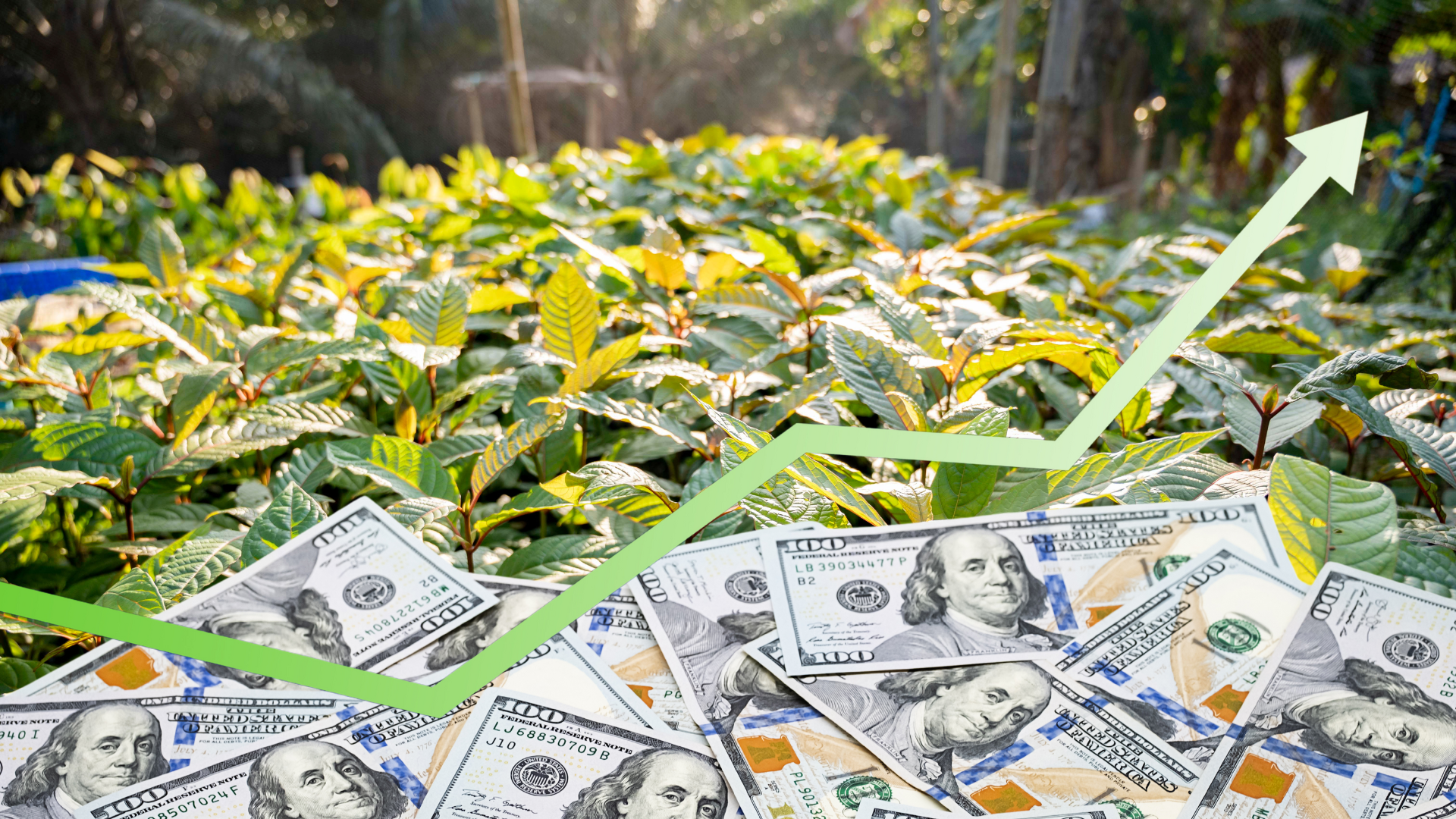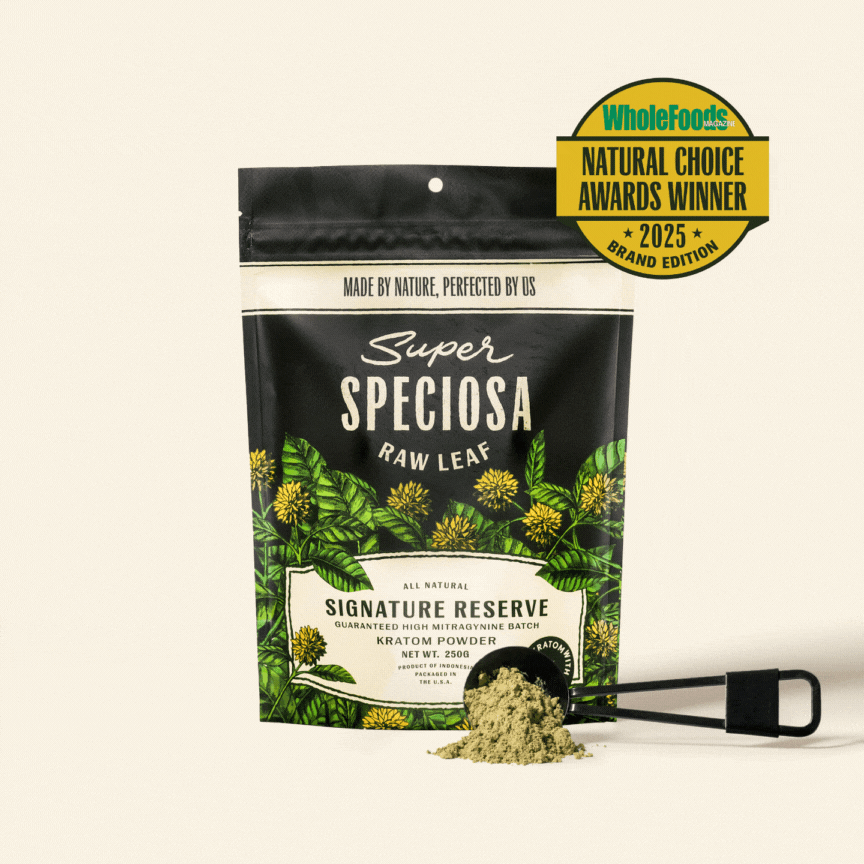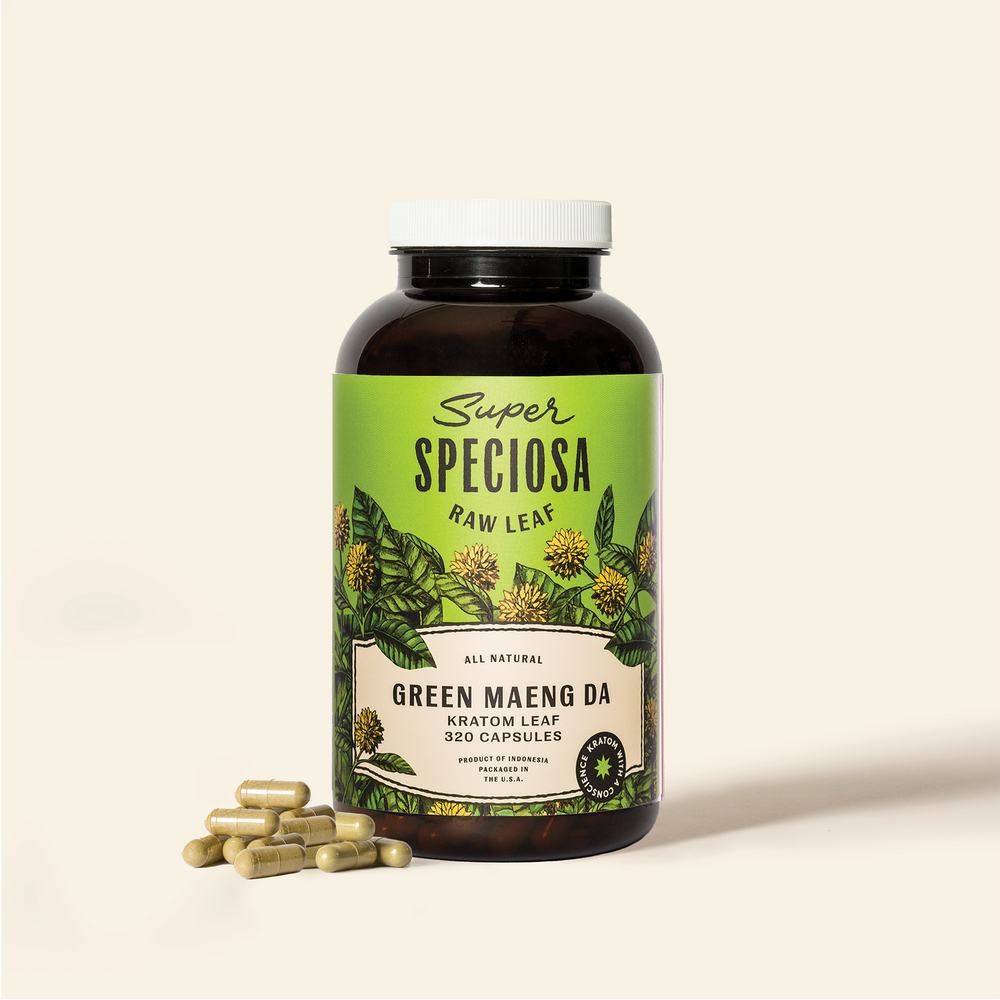Kratom Year in Review 2024: A Billion Dollar Industry and Growing
KRATOM YEAR IN REVIEW 2024: A BILLION DOLLAR INDUSTRY AND GROWING

Despite over a decade of growth in American markets, kratom still carries the stigma of a supplement that is fresh on the scene.
That brings us to 2024.
In the same year that Bloomberg acknowledged kratom as a billion-dollar industry, the federal government finally took steps forward toward an honest assessment of the plant. At the state level, various legislative bodies continued to pick apart the details of how to keep kratom consumers safe. Due to the rise in kratom’s popularity, a handful of local jurisdictions tried to take action against the plant, only to find a mixed coalition of voices pleading for access to the supplement.
All of that movement sets the stage for long-awaited answers for an industry in development, and could ultimately make 2024 a year that changed the game for kratom consumers and producers.
Based on previous estimates by industry experts, the reality is that kratom is likely approaching a $2 billion market share in the United States as the number of kratom consumers approaches 20 million. The size and scope of the kratom market, and its growth over the past year, show why all levels of lawmakers have taken notice.
But for the first time since kratom became a hot-button issue in American regulatory circles, advocates for the plant are getting help from the federal government.
Top-Down Progress
The biggest surprise in 2024 came from the Food and Drug Administration (FDA), which, for the first time, took steps toward establishing a safety profile for kratom.
First came a dosage study on pure kratom leaf, which indicated what advocates have been saying to lawmakers for years: Kratom in its raw form carries a low risk of Serious Adverse Effects (SAEs). Perhaps the most important aspect is that such a study encourages further research, and the FDA followed up that first step with significant funding for future studies of kratom and its effects.
In coordination with that effort, the team behind the study joined other researchers at a hearing in the halls of Congress to update the government on available information. While the attempts at federal kratom legislation came up empty in 2024, the testimony in front of Congress by trusted researchers showed that the conversation has shifted to regulation and safe practices, rather than simply whether or not kratom should be legal.
Again, the prevailing message from the testimony in front of Congress matched conclusions advocates have been suggesting for years: Synthetic kratom and kratom products with additives carry unknown risks compared to raw kratom products; kratom consumers are NOT using the plant to ‘get high’ or for recreational purposes; and there are significant chemical differences between kratom and opioids when it comes to abuse potential.
All signs point to a significant change of posture when it comes to how the federal government and medical community approach kratom. Unfortunately, that message hasn’t trickled down to other levels of government yet.
Looking Locally at Kratom Policy
At the state level, most of the developments in 2024 pointed to progress in terms of how kratom is treated by legislators. The biggest story of the year at the state level showed that back and forth in Rhode Island. When kratom first made a surge in American markets, Rhode Island was one of six states that decided to ban the supplement in anticipation of a federal ban that never came.
With more science and information available, and kratom still unregulated at the federal level, the two houses of the Rhode Island state legislature made a compromise. They passed a bill that would overturn that ban. On the last day that the governor could take action, a veto came down to keep kratom illegal in the state.
In other states, Kentucky and Maryland passed kratom regulations to make it 13 states that have codified a market for the plant.
On the local level, municipalities across the country took up the kratom question as well in 2024. Although most of the actions were proposed bans, the way the local-level discussions played out showed the progress kratom has made in American markets.
When local authorities did decide to ban kratom, the reasoning came down to fear tactics and a lack of knowledge of the plant. In all instances of such discussions on kratom, residents and business owners spoke out about the value of access to pure-leaf, legal kratom. The support for kratom even came from unlikely sources.
Iowa City was one of the municipalities that considered a kratom ban before a coalition of kratom consumers and medical professionals spoke to the value of keeping kratom legal and working toward regulation. In the end, the mayor provided the decisive vote and changed his mind to vote against the proposed ban and keep kratom legal in the city.
Even in areas like Louisiana, where multiple parishes and cities banned kratom, advocates maintain a path toward sensible kratom regulation. While some municipalities voted against kratom, an effort in the Louisiana legislature nearly crossed the finish line to keep kratom legal in all parts of the state.
Advocates have vowed to reintroduce that legislature. With kratom’s growing market share and prominence in American culture, Louisiana will be one of many states looking to keep the momentum of 2024 going into the new year.
Will kratom be regulated at the federal level in 2025? Will more states take up the question and protect kratom sales from bad actors? And what advancements will the scientific community make on the profile of the plant?
Kratom consumers and advocates will soon find out.





